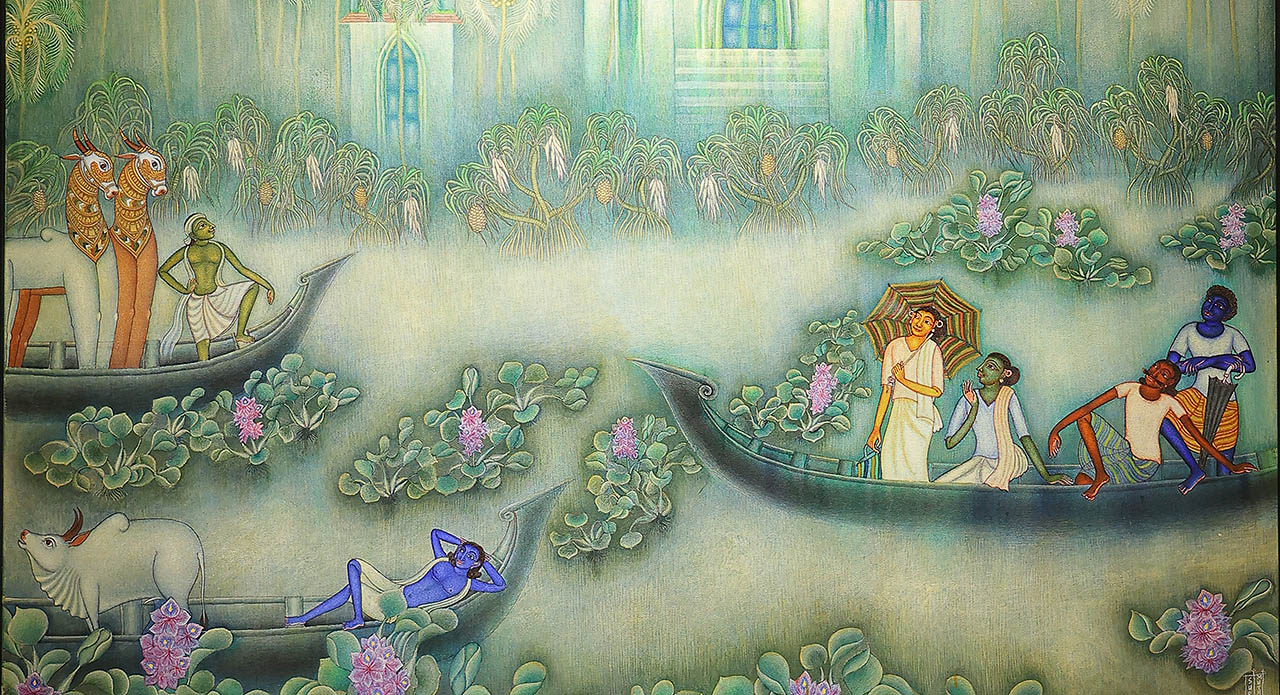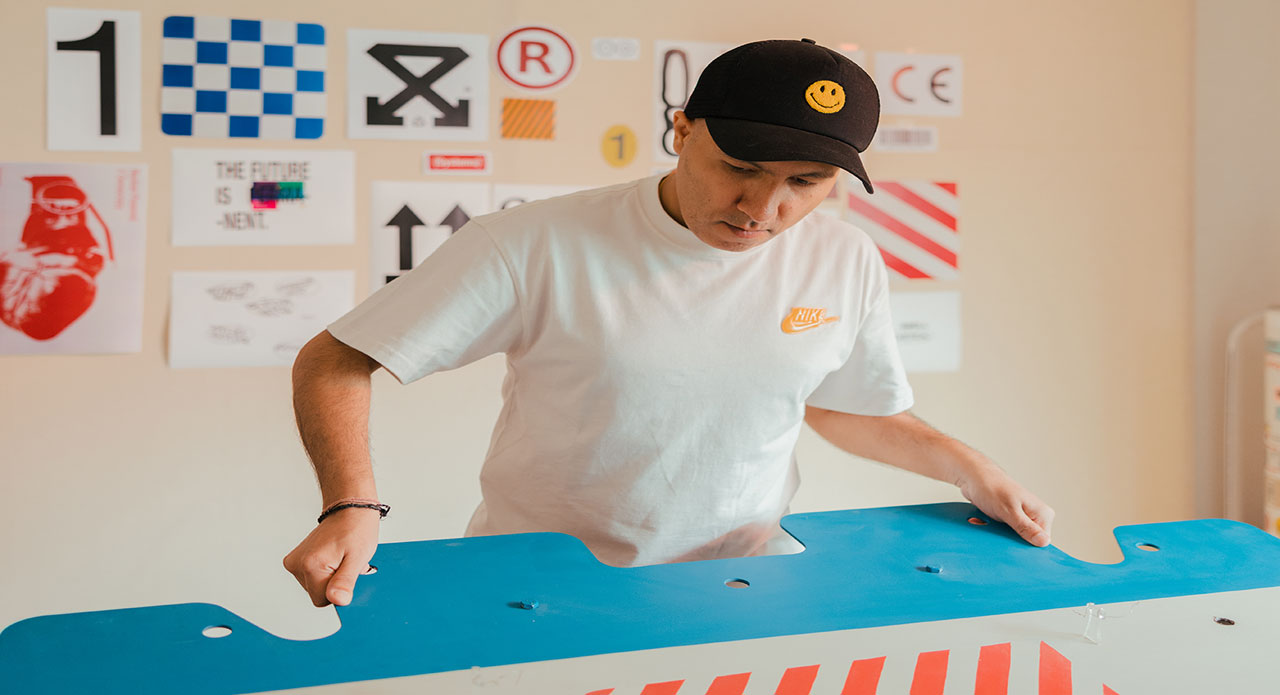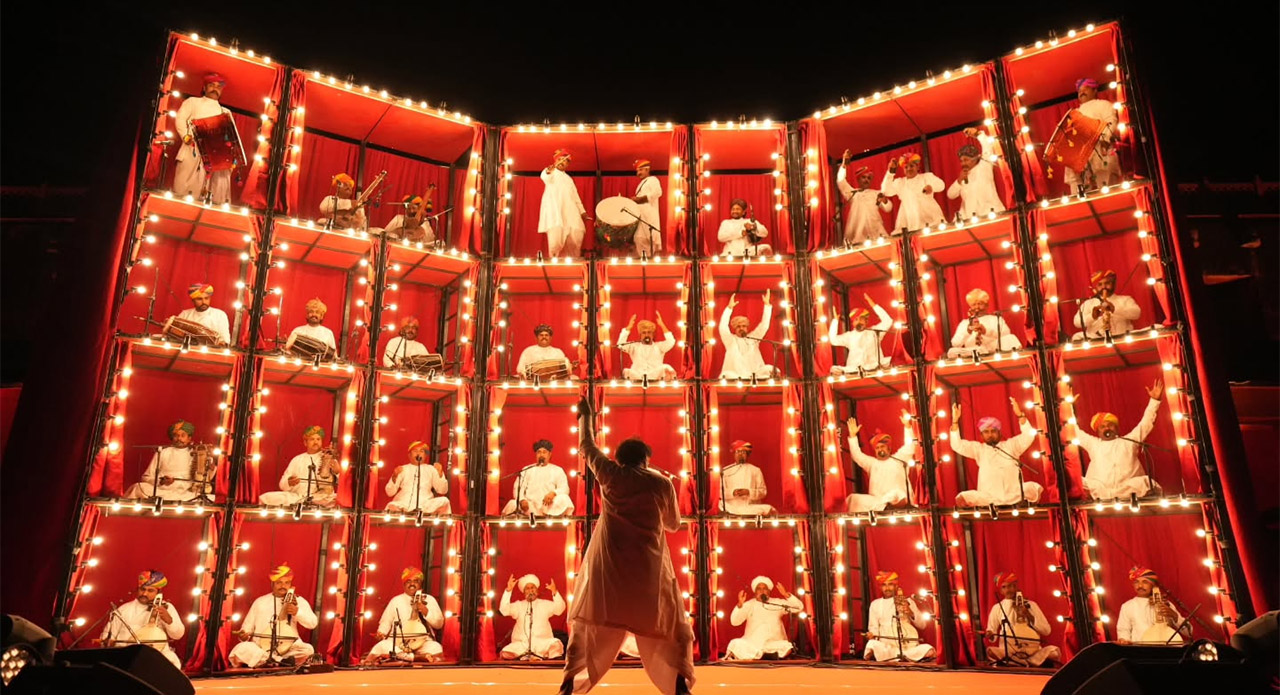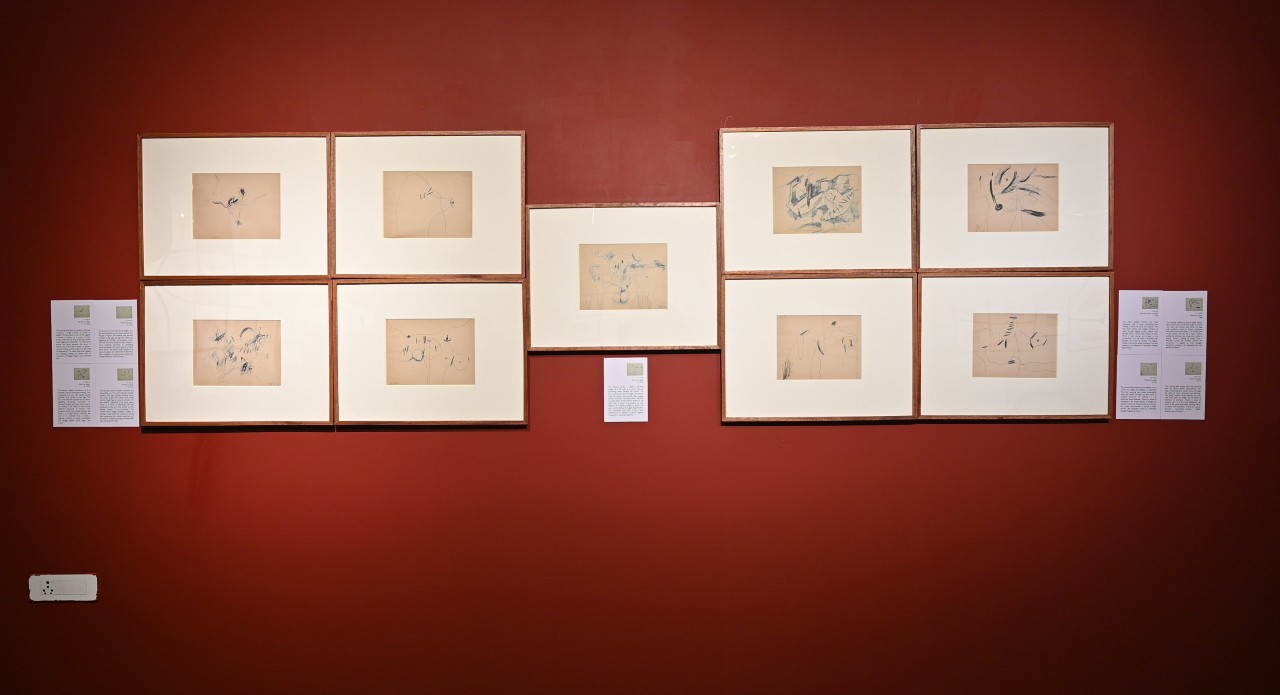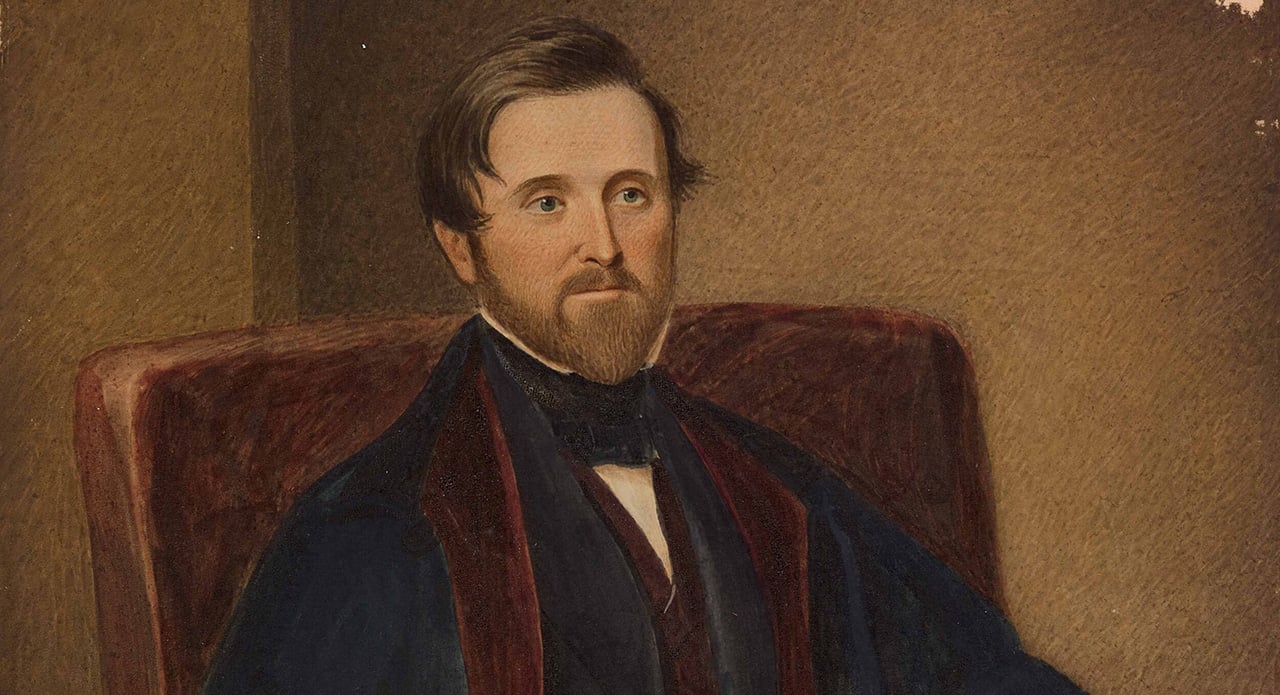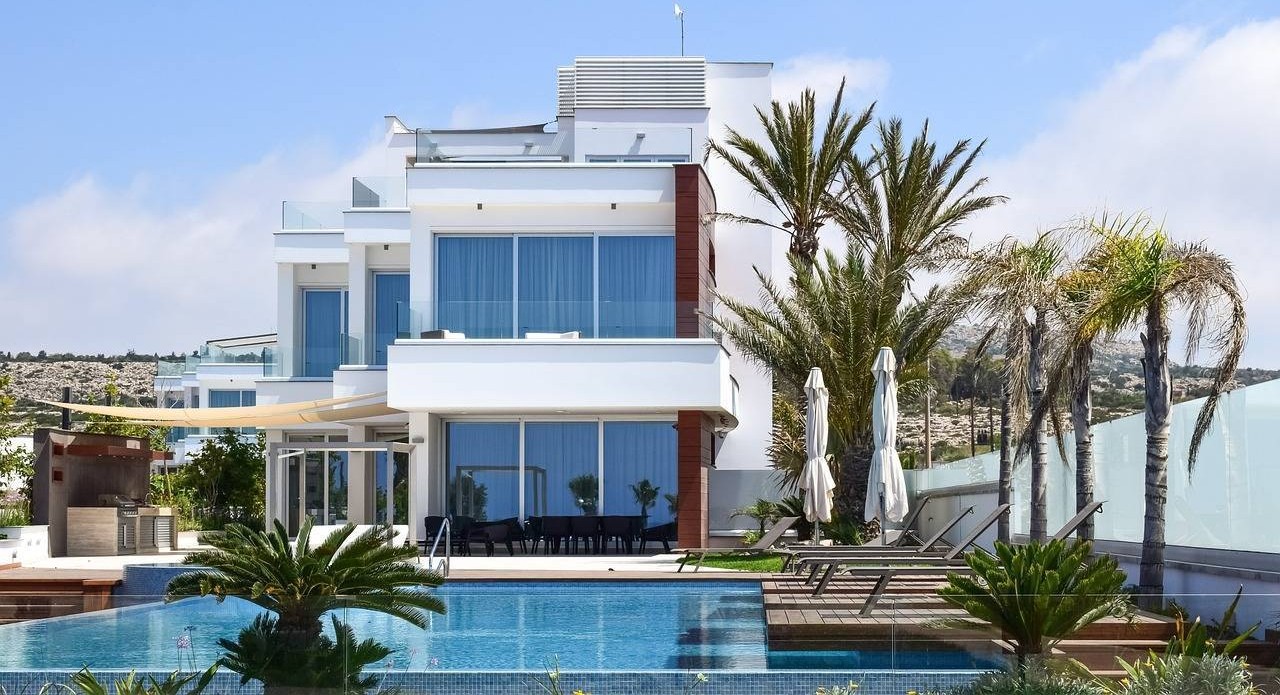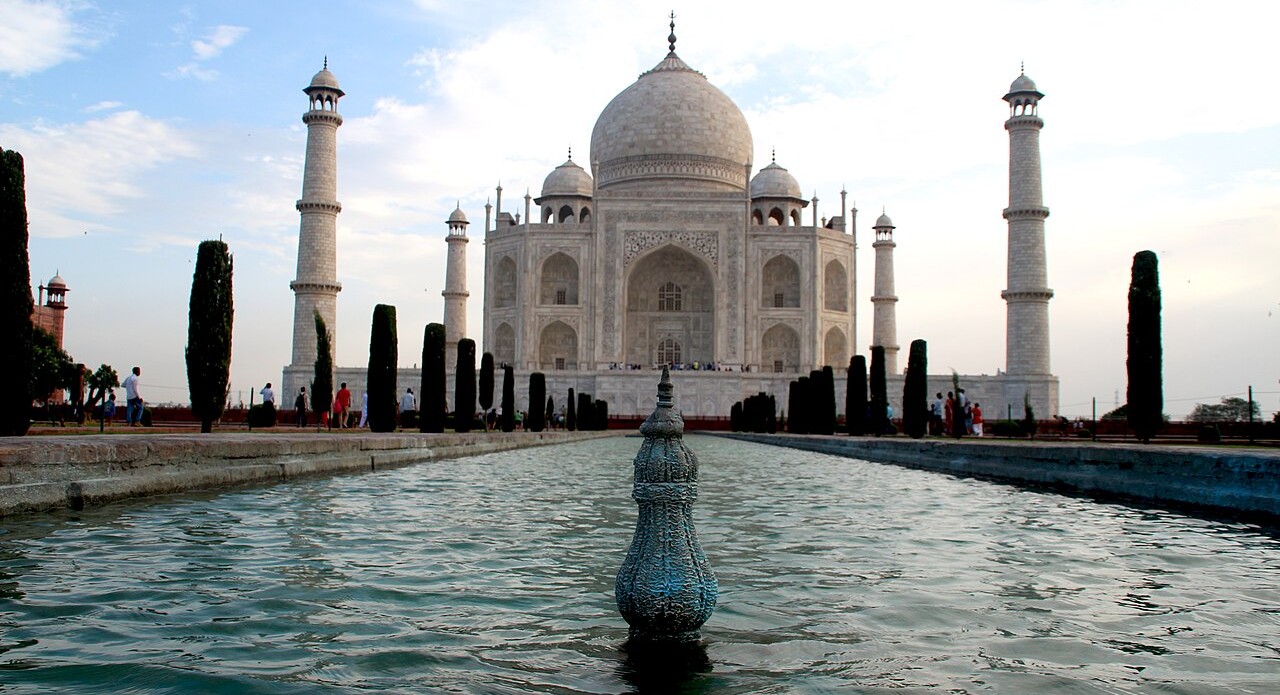Even before the idea of India shaped up in our collective imagination, the Indian sub-continent boasted of rich maritime trade relations. On the Eastern coast was the Kalinga (present day Odisha) having trade relations with Greeks, Romans, Arabs and South East Asia where its flourishing maritime trade relations led to its prosperity. The journeys along the ‘Kalinga Sea’ (Bay of Bengal) led to exchange of religion, philosophy, art, and architecture along with luxury goods as written in a 2011 essay titled ‘Maritime Trade of Ancient Kalinga.’ It mentions that Odisha in those days used to supply spices, diamonds and precious stones to the Romans; ivory paper, fine textiles, and fabrics to China while the other valuable items like silk, gold, porcelain, and spices were imported from our neighbouring country.
On the Southern front, the Indian subcontinent had the Malabar coast trading with expensive commodities like fine timber, ginger, pepper, cinnamon, cardamom, along with food grains, and furniture. In the far East, the famous Silk Route connected Asia, Europe, and Africa, where Chinese silk, spices, tea and porcelain amongst other commodities were exchanged. These journeys along the sea were not mere commercial activities. They shaped civilisations with a robust exchange of cultures, cuisines, languages, faiths, spices, art, crafts, luxurious textiles, precious stones, and more.
A recently-concluded exhibition, Voyages: The Ancient Maritime Silk Route, at the Visual Arts Gallery, India Habitat Centre chronicled maritime tales with a focus on two prosperous and dominant coastal regions, The Kalinga and Malabar.
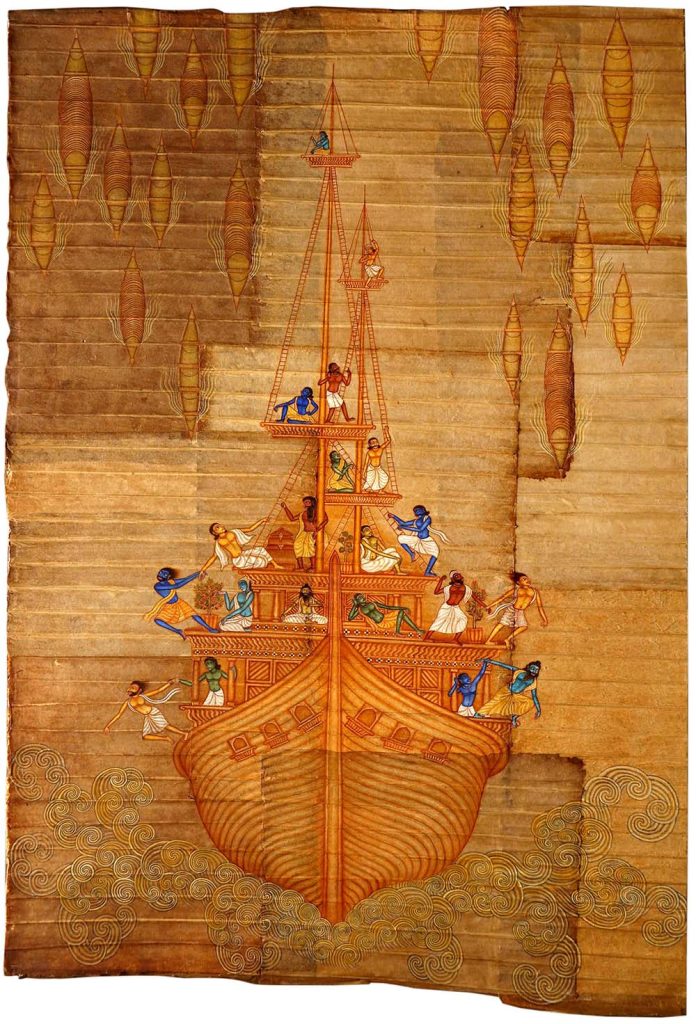
A rediscovery of maritime trade
The exhibition was brought in by Dravidam, Bangalore, in collaboration with curator Jaya Mani. It displayed works of textile artist Gunjan Jain from Odisha and muralist Suresh Muthukulam from Kerala. Their works exhibited Kerala’s murals and Odisha’s handwoven textiles like Ikats which traced ancient maritime relations between Kalinga and Malabar. “Kalinga and Malabar are two regions that had old maritime connections with Southeast Asia, influences of which are apparent in the religious practices of Hinduism and Buddhism, the exchange of knowledge, art, agriculture, food and even clothing. Spices like pepper, cardamom, cinnamon besides coconuts and bananas were a vital part of the commercial trade,” said curator Jaya Mani.
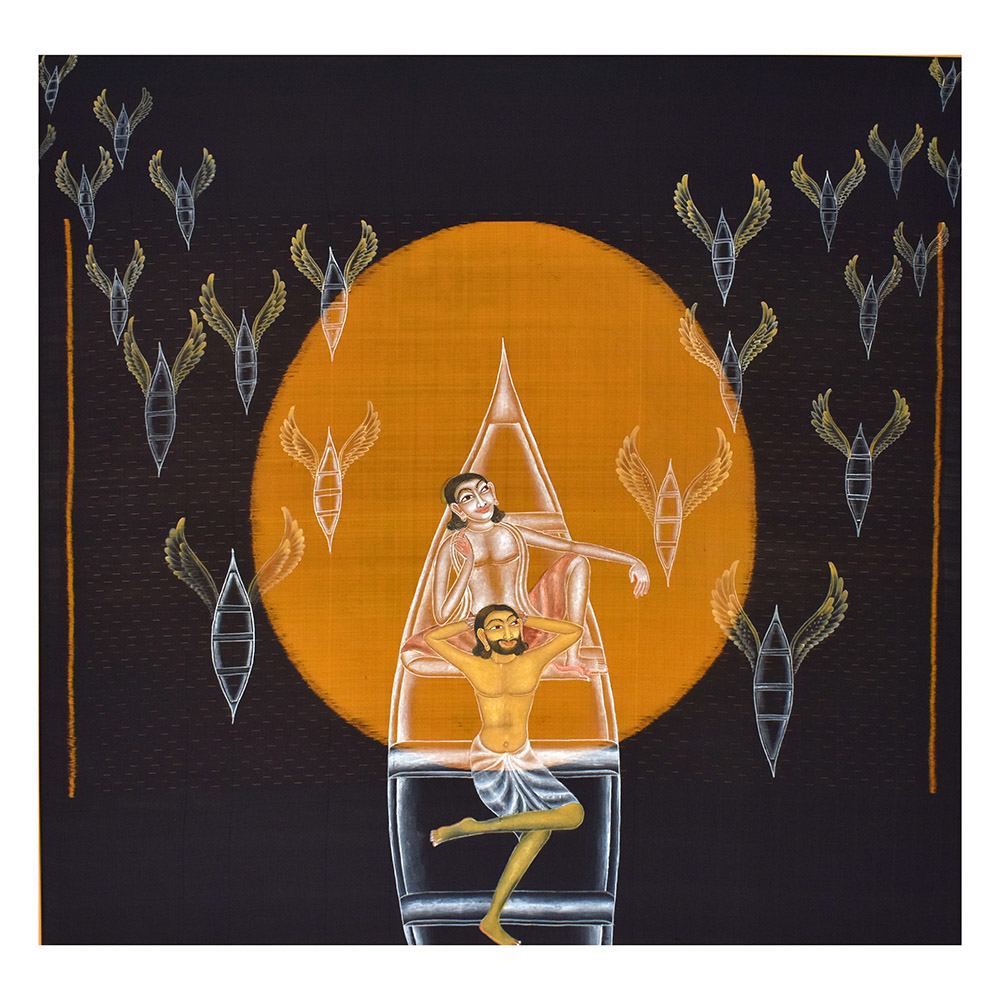
Ikats and murals on display
The display was quite inter-disciplinary with paintings on textile, murals, sculptures and works on canvas and rice paper. The works portrayed the life of the sea-farers. On view were paintings of men in leisure on floating boats, moonlit skies casting a silvery glow on the sea, to mythical sea creatures.
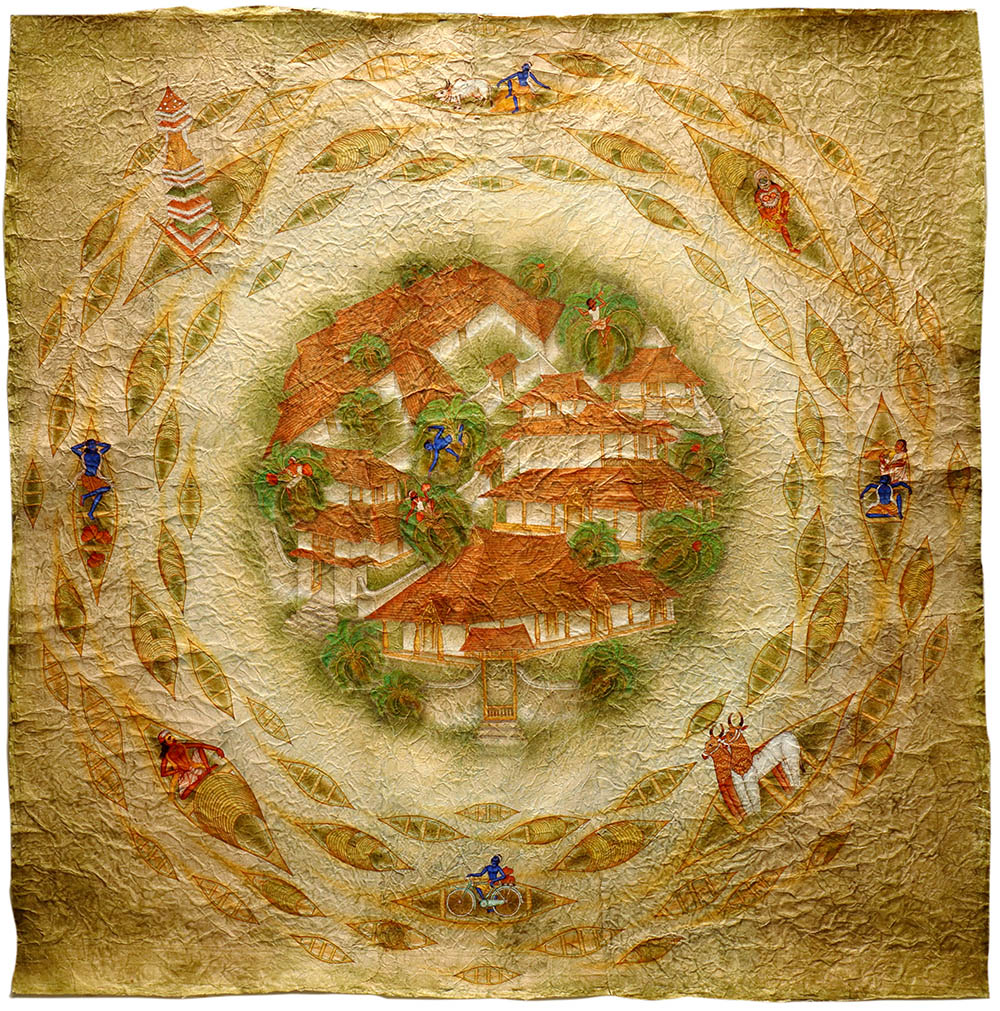
One of Muthukulam’s murals captured our attention for depicting Yathra — merchant voyages carried for trade. Another one was a painting on textile that came alive in multi-coloured tones depicting seahorse, jellyfish and whimsical creatures journeying us through the underwater world. Telling us about the Ikats featured in the show, Jain said, “I have worked in the handloom sector in Odisha over several years. Silks and Ikat are our forte. We have master weavers who are innovating with us. Ikats are deeply influenced by the Southeast Asian handwoven tradition with Kalinga and Bali having ancient links to weaving and tie dye techniques.”
The exhibition underlined India’s soft power in the bygone era when it didn’t just export luxe commodities, but art, science, faith and culture.
